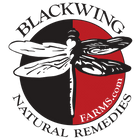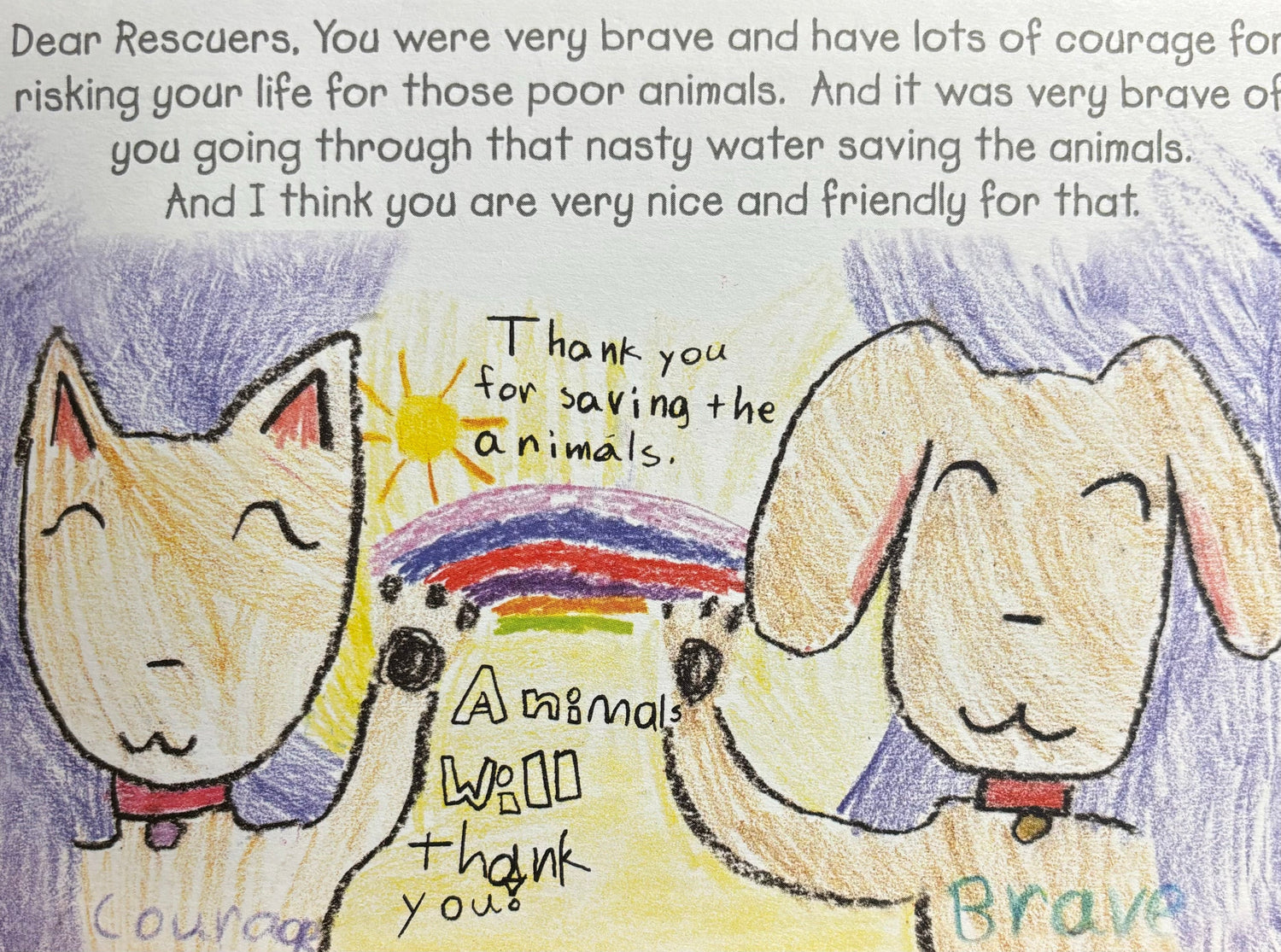Question: What is the difference between a Flower Essence, a homeopathic remedy, and an essential oil?
A FLOWER ESSENCE is 3-5 flowers, petals, leaves, or needles (Pine) placed in water, in a glass container, in the sun for a period of time, usually 20-60 minutes. Then strain the organic material, cover, and shake well. If you want to save some; mix with 60% carmalized brandy or organic apple cider vinegar as a preservative. Use 4 spoonfuls of Flower Water and add 6 spoonfuls preservative. Cover and shake again. Label it with the date and use within 3-6 months. Longer preservation - mix 10% Essence and 90% preservative. Voila! Nada mas! Not complicated. Not a secret. The essence of the flower is in the water. For more information: Our FAQs.
A HOMEOPATHIC REMEDY according to Dr. Hahnemann’s Laboratories in an article written by Michael Quinn:
“The entire process of making a Homeopathic medicine consists of the following steps:
- Selection of raw material
- Trituration of raw material if insoluble in water or alcohol (Grinding with mortar and pestle)
- Preparation of liquid potencies by dilution and succussion
- Medication of blank pellets with liquid potencies
- Drying of medicated pellets
- Packaging of medicated pellets in vials for use by homeopathic doctors for their patients, and by individuals for themselves and their families.”
Source: http://www.wholehealthnow.com/homeopathy_info/hahnemann_labs_preparation.html
Psssst… in other words: homeopathic remedies are Flower Essences sprayed onto pellets. Dilution and succession are fabulous topics we will address in another article.
Fun Notes: Urban legend has it that Dr. Hahnemann (born in 1775) discovered the benefits of succession (rigorous shaking) as he delivered his ‘liquid medicine’ in a buckboard. The discovery was made when he noticed his afternoon patients recovered faster from their illnesses than his early morning patients. The difference, he correctly surmised, was the shaking (succession) of the vials in the buckboard.
Indulge me one more uncorroborated event. Once, on his rounds to his patients, he saw a man had fallen off his horse and lay unconscious on the road. Hahnemann jumped down and grabbed a vial of Aconite or Star of Bethlehem or Yarrow or Rock Rose or some other decoction. So as not to disturb him at all, the Doctor waved the vial under the man’s nose a few times. The man woke up almost immediately.
Assessing his injuries and locating his horse took a few minutes. He thanked Hahnemann and asked what precisely had the good Doctor done for him. How could he re-pay him for his help? Hahnemann explained he merely waved one of his liquid concoction under the man’s nose. The man then took out $20, waved it under Hahnemann’s nose, put it back in his billfold, remounted his horse, and rode off.
AN ESSENTAIL OIL is: A few of you know I could go politically sideways on this one; so I am taking myself out of this answer and offering this excellent explanation of the various ways to make essential oils. These people, New Directions Aromatics, say it much better than I could and it is illustrated too!
https://www.newdirectionsaromatics.com/blog/articles/how-essential-oils-are-made.html
Question: What’s my -personal and political- problem with the manufacturing and marketing and consuming essential oils (EOs) in 2020?
Short Answer:
- Use of and mis-labelling chemicals, fragrances, etc. as EOs and thus misleading consumers.
- Overuse and misuse on animals.
- Misinformation - especially concerning Felines including Lions, Tigers, and Cheetahs. https://www.blackwingfarms.com/blogs/news/cats-and-essential-oils-controversy
- Overexposure and associated risks due to EOs, fragrances, and chemicals being used in everyday cleaning products, shampoos, body creams, air fresheners, diffusers, dryer sheets, etc.
- Methods of extraction often involve poisons, chemicals, and detrimental waste.
- Harvesting practices, farming practices may not be judicious for our planet’s sustainability. For example: it takes105 pounds (about 242,000 rose petals) to distill approximately 5 mL (100 drops) of rose oil. Yes, that is the correct math = 105 pounds of rose petals for 100 drops of oil. BlackWing Farms requires transparency, sustainable farming, and whenever possible organic = that is why our Rose oil in your products costs WHOLESALE $2.25 per drop. Yes - $2.25 for one drop.
Why does BlackWing Farms use EOs?
Because we have done the research, we err on the side of caution, plus we have created AMAZINGLY EFFECTIVE products, and when used according to our directions, the formulas we have chosen for you, your family, your Dogs, and Horses are better than anything else out there = OUR OPINE ONLY!
All that to say this:
Do what YOU feel is right. Research. Experiment. Trust you gut. Ask questions. Look for honesty, transparency, and availability in any company (literally do they pick up the phone when you call, answering your questions, not reading off a marketing script). You choose who to share your money with. Thank you for your ongoing trust in BWF and our Team. We are here for you. Call anytime! 760-728-9900 or email: Meg@BlackWingFarms.com





